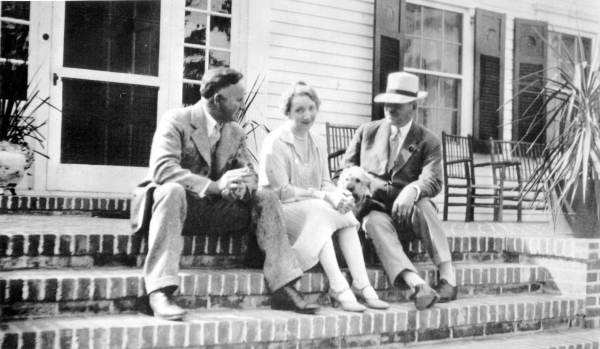Unlawful detainer attorney, Naples, Florida


The best way to reach me is by text message. Have someone in your property who you want removed? What if the judge told you that you can't go back to your own home because someone who doesn't own the property is living there? Send me a text message. Or, send me an email.
What if you were arrested for a domestic-violence charge, and as a condition of bond, the judge issued an order that you can't return to your own home? The filing of an unlawful detainer case may help you get back into your home, so long the person you are trying to remove is not an owner.
What are Squatter's Rights? You run into this when there are people living in your property who you didn't allow to live there. You call the sheriff, and the sheriff says it's a civil matter. That's the squatter's right: the sheriff won't remove them as trespassors, but Florida law can help. The unlawful detainer action (not eviction) is the right action to remove squatters from your property. Let me help you with that process.
The Florida Unlawful Detainer statute can remove guests and family members from your house. Unlawful detainer applies to people who are not on the deed, and are not tenants. Eviction applies to tenants. Unlawful detainer applies to guests and family members who are not owners of the property. Unlawful detainer is similar to eviction: our objective is to get a writ of possession. Unlawful detainer is used, not for tenants, but for guests or family members who are not on the deed.Unlawful detainer steps
Unlike evictions, unlawful detainer cases do not start with a notice to the occupant. From the statute:
The person entitled to possession is not required to notify the prospective defendant before filing the action.
The first step is the court filing. Once the case is filed, we wait until the Clerk issues (signs) the summons we sent in along with the complaint. Once we have the signed summons (which arrives by email), I walk the summons and the complaint to the sheriff for service. The sheriff will go to the property and knock at the door. If no answer, the sheriff will leave and return after six hours. On the second attempt, the sheriff will post the summons and complaint on the door. Posting is all the service we need to remove a person. By posting, the Court gets jurisdiction over the property, also called in rem jurisdiction, as opposed to personal jurisdiction which occurs if the defendant is served personally with the complaint and summons. Once the defendant is served, they have five days to respond to the complaint. If there's a response, then we will have a hearing with the judge. At the hearing, I will ask you five easy questions. The defendant will also have the opportunity to present testimony. From the statute:
The court shall determine only the right of possession and any damages.
This means the Court will hear testimony and evidence as to who has a greater interest in the property. Since the Plaintiff is the owner in the public record, I will argue that the owner has the higher interest in the property.I've had two separate cases where the defendants were represented by lawyers. In those two cases, before starting testimony, I've suggested to the judge that no matter what the defendant testified to, it wouldn't create an interest in land greater than the Plaintiff's interest, as shown in the public record. In both cases, the opposing lawyer agreed with me and did not put on testimony.
If the defendant doesn't respond to the complaint, I will file for a default judgment.
After we get a judgment, by default or after a hearing, we have to wait until the judgment appears in the Clerk's computer. Once it's visible, I will file for a writ of possession. The writ orders the sheriff to remove all people from the property. Once the Clerk issues the writ, I will walk it to the sheriff for service. The sheriff will go to the property, and finding the defendant, will advise the defendant that they need to be out in 24 hours. If the sheriff doesn't find the defendant, the sheriff will post a 24-hour eviction notice. The sheriff will contact you and make an appointment to execute the writ of possession. At the appointment time, the sheriff always arrives early, usually in an unmarked car, and executes the writ, removing the defendant from the property. Similar to evictions, unlawful detainer cases are advanced on the calendar, meaning they are to be heard quickly, by statute:
All actions under this chapter must be brought by summary procedure as provided in s. 51.011, and the court shall advance the cause on the calendar.